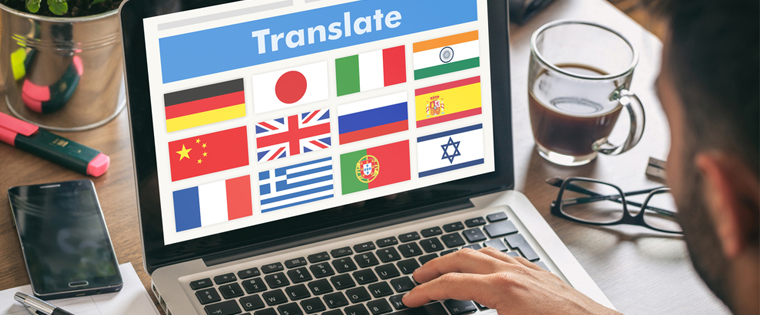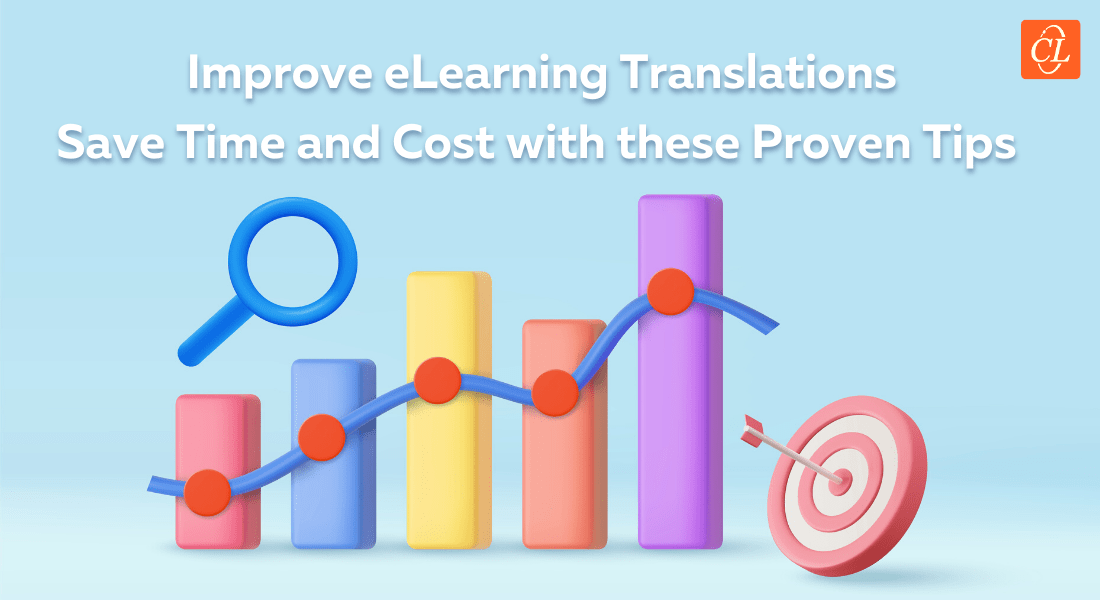Translation Services: The Key to Going Global with Online Training

With globalization, companies are having increasingly widespread business models. Businesses spread across different countries or continents mean people from different cultures and languages will be a part of your workforce. This makes imparting effective and uniform organizational training to everyone a major challenge. Some employees might not understand training material developed in the English language well enough. Although English is widely spoken and understood, not everyone is comfortable learning through it.
→ Download eBook: Classroom to eLearning Conversion - Everything You Always Wanted to Know
Translation acts as an important bridge that connects your geographically and linguistically diverse workforce. By translating courses to a language most suited for your foreign audience to learn, you ready your entire workforce to single-mindedly achieve the ultimate goal of your company’s progress. But translating a course into a different language is not a mechanical thing that can be simply done by a computer. Phrases, examples, idioms, colloquiums and figures of speech are very language-specific and their meaning would change completely if just literally converted to a different language.
So how can you effectively translate your online training material without it losing its impact on employees? Shared below are some of the things you should consider before you take up the task of translating your e-learning courses:
Consider translation as part of development and not an add-on
When you translate a course, the amount of content can decrease or increase, causing a significant change in the layout, and even spoiling the entire look of the course. Hence, it is necessary that you keep enough room for translation, right from the early stage of development itself.
This way, design elements and content will look tailored to the new language and not just something put together hastily. Content created while considering translation as part of the development process will circumvent common mistakes and make the translated course equally impactful for non-English speaking audiences.
Get linguistic and subject matter experts onboard
For error-free and accurate translations, it is always best to rely on professional experts. Making use of translation software can be partially useful but it can rarely provide complete solutions as each language works in a different manner. It is an added advantage if the language expert is also an expert of the course topic at hand. The technicalities of a subject might be too intricate and specialized for a mere linguist to handle. To ensure the technicalities of your subject matter are not lost in translation, it is necessary that you bring a well-qualified subject matter and language expert onboard. But this is easier said than done as finding linguists who are also SMEs can be difficult to find. Partnering with an experienced e-learning vendor will help.

Classroom to eLearning Conversion
Everything You Always Wanted to Know
- Converting classroom material to eLearning
- Leveraging authoring tools for conversion
- Understanding different avatars of eLearning
- And More!
Take special care of multimedia elements
Always take special care of your audio, video, and any other multimedia elements when it comes to translation. If translating the voiceover of a video is not working well with onscreen visuals, consider using subtitles. While translating audio elements, the accents of the speaker should be taken special care of. That’s why it is always best to take the opinions of multiple linguists to ensure the accent is easily understandable and appropriate. As a rule of thumb, it’s best not to include text on images. This can greatly speed up the translation process as only the text needs to be changed and not the entire image.
Translation, if done right, can add many advantages to your training program. Below are some of the ways in which translation is beneficial for your organization:
- Multilingual training programs enable you to reach a much wider audience than just sole English training. This increases the return on investment on your e-learning development costs.
- Employees trained in their primary language display better knowledge acquisition and retention rates. This increases the effectiveness of your training program and thus skill development.
- A highly trained workforce in multiple countries mean your business can grow strong as employees trained in their primary language have a better chance to bag local businesses.
- Having a training program in multiple languages can establish your brand’s global presence. This builds credibility among your employees and increases their loyalty toward your company.
Effective translation helps you connect better with a geographically widespread employee base. By removing the limitations imposed by language and culture, it helps you increase your return on investment. So, make your training program more impactful by going native.





